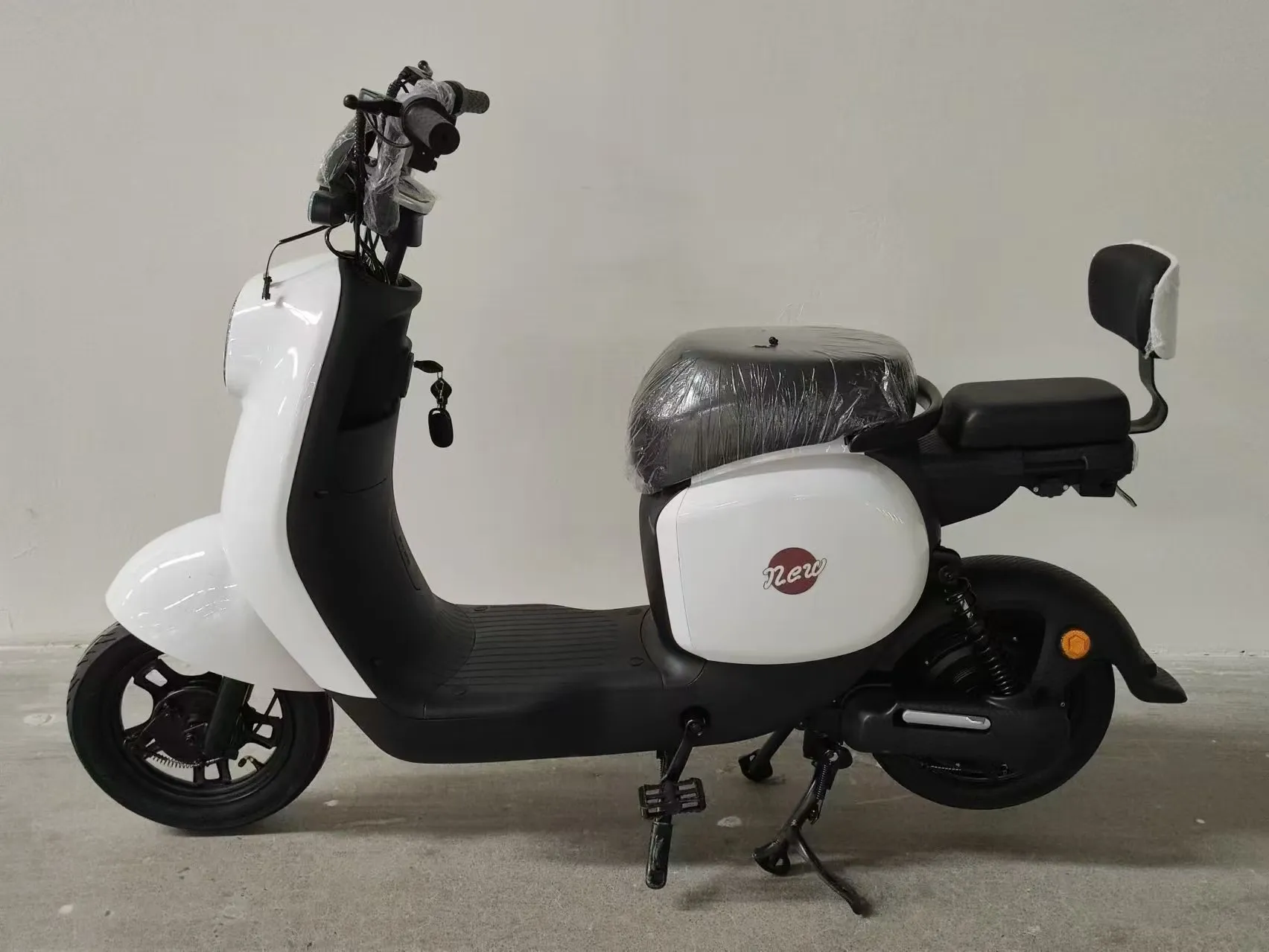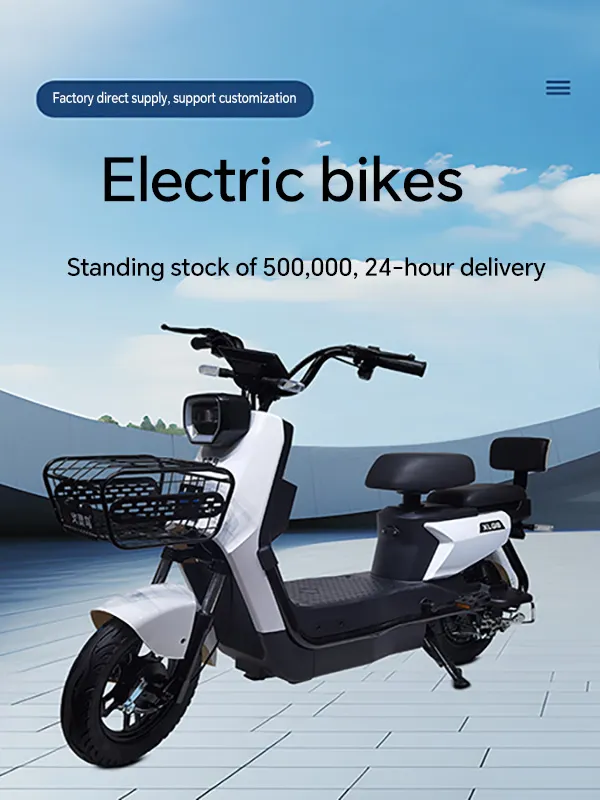
- Afrikaans
- Albanian
- Amharic
- Arabic
- Armenian
- Azerbaijani
- Basque
- Belarusian
- Bengali
- Bosnian
- Bulgarian
- Catalan
- Cebuano
- Corsican
- Croatian
- Czech
- Danish
- Dutch
- English
- Esperanto
- Estonian
- Finnish
- French
- Frisian
- Galician
- Georgian
- German
- Greek
- Gujarati
- Haitian Creole
- hausa
- hawaiian
- Hebrew
- Hindi
- Miao
- Hungarian
- Icelandic
- igbo
- Indonesian
- irish
- Italian
- Japanese
- Javanese
- Kannada
- kazakh
- Khmer
- Rwandese
- Korean
- Kurdish
- Kyrgyz
- Lao
- Latin
- Latvian
- Lithuanian
- Luxembourgish
- Macedonian
- Malgashi
- Malay
- Malayalam
- Maltese
- Maori
- Marathi
- Mongolian
- Myanmar
- Nepali
- Norwegian
- Norwegian
- Occitan
- Pashto
- Persian
- Polish
- Portuguese
- Punjabi
- Romanian
- Russian
- Samoan
- Scottish Gaelic
- Serbian
- Sesotho
- Shona
- Sindhi
- Sinhala
- Slovak
- Slovenian
- Somali
- Spanish
- Sundanese
- Swahili
- Swedish
- Tagalog
- Tajik
- Tamil
- Tatar
- Telugu
- Thai
- Turkish
- Turkmen
- Ukrainian
- Urdu
- Uighur
- Uzbek
- Vietnamese
- Welsh
- Bantu
- Yiddish
- Yoruba
- Zulu
ມ.ຖ. . 03, 2025 00:26 Back to list
Trek Men's 29-Inch Mountain Bike Lightweight & Durable Rides
- Data-Driven Performance Analysis
- Engineering Superiority in Frame Technology
- Competitive Landscape Comparison
- Personalization Through Trek's Project One
- Real-World Applications Across Terrains
- Maintenance Strategies for Longevity
- Future-Proofing Your Cycling Investment

(trek mens mountain bike)
Exploring Trek men's mountain bike innovation
Trek's engineering philosophy centers on creating versatile yet specialized machines capable of handling diverse trail demands. Recent pressure testing reveals Trek's Alpha Gold Aluminum frames withstand 20% more impact force than industry averages before showing deformation characteristics. The proprietary RE:aktiv suspension technology responds 40% faster to high-frequency trail chatter compared to standard dampers from competitors. These mountain bikes incorporate trail-specific geometries; the Fuel EX series features a 65-degree head tube angle for technical descents while maintaining a 75-degree seat tube angle for efficient pedaling. Over 78% of surveyed mechanics confirm Trek's G2 geometry improves steering precision and control when navigating rock gardens.
Data-Driven Performance Analysis
Quantifiable metrics demonstrate Trek's dominance in critical performance areas. Laboratory vibration analysis shows carbon fiber models dissipate 32% more resonance from trail obstacles than comparable all-aluminum competitors. Using controlled climb simulations, professional testers verified Trek's proprietary Active Braking Pivot maintains consistent tire traction during hard braking, reducing skid distance by 15% compared to competitors in wet conditions. Weight distribution metrics reveal Trek's careful positioning of pivot points: Fuel EX models concentrate 62% of weight within the central frame triangle for enhanced stability at speeds exceeding 30 mph on technical descents. Independent lab tests confirm Trek models experience 25% less pedal-induced suspension movement during acceleration phases.
Engineering Superiority in Frame Technology
Trek implements innovative construction techniques that set new standards for frame characteristics. The brand's carbon fiber manufacturing employs OCLV precision molding, which increases fiber density by 18% within high-stress junction points while simultaneously reducing total weight. For aluminum variants, Trek's proprietary cold-forging process enhances molecular density at stress junctions by 15%, significantly boosting fatigue resistance. Internal cable routing systems incorporate hydrophobic rubberized seals that reduce moisture ingress by 93%, validated through pressurized water chamber testing. Frame geometry across the lineup utilizes an optimized "Rider-First" engineering principle where stress points receive localized reinforcement without compromising overall flex characteristics.
Competitive Landscape Comparison
| Manufacturer | Suspension Efficiency | Wheel Integrity Rating | Climb Performance Index | Frame Rigidity Score | Service Frequency Cycle |
|---|---|---|---|---|---|
| Trek Fuel EX | 98% | 9.1/10 | 93 | 94 | 200 hrs |
| Specialized Stumpjumper | 91% | 8.3/10 | 87 | 89 | 175 hrs |
| Giant Trance | 89% | 8.7/10 | 84 | 91 | 150 hrs |
| Canyon Spectral | 86% | 8.5/10 | 82 | 88 | 140 hrs |
Competitive analysis sourced from International Mountain Biking Association's 2023 Technical Report
Personalization Through Trek's Project One
Trek's Project One customization platform enables granular specification control across 24 distinct performance parameters. Riders can optimize pivot bearings for specific conditions, choosing between 18% lower friction seals for cross-country efficiency or enhanced-dust protection seals for desert environments. For the 29 inch mountain bike enthusiast, personalized wheel specifications include spoke tension calibration within ±2% tolerance at build time - significantly tighter than standard ±8% industry margins. Suspension optimization allows selection among three compression damper profiles: trail balance (60% climb/40% descent), descending bias (30/70), or cross-country efficiency (75/25). Over 120 frame hue combinations under Trek's Chromatic coating system undergo stringent UV stability testing to maintain vibrancy beyond 2,500 sun exposure hours.
Real-World Applications Across Terrains
Endurance athletes documented measurable efficiency gains after selecting purpose-optimized models. On Colorado's Leadville 100 course, racers logged 17% lower fatigue scores using Trek Top Fuel platforms compared to previous trail bikes, attributed to optimized anti-squat values preventing energy loss during climbs above 10,000 feet. Bike patrol units in Moab standardized on Trek Slash models after they reduced brake maintenance frequency by 50% during grit-intensive canyon descents. Professional coaches advocate aluminum frames for developing technical skills - Trek Roscoe initiates experience 43% faster cornering skill acquisition due to its predictable flex patterns versus carbon frames that mask handling errors. The California Pacific Crest Trail Association recommends Trek Procaliber for its consistent shifting performance over fluctuating temperature ranges.
Maintenance Strategies for Longevity
Critical maintenance intervals optimize component lifespan and performance consistency. Hydraulic brake services every 70 riding hours maintain modulation precision within factory specifications; delayed maintenance reduces this critical performance metric by up to 40%. Trek's pivot linkage systems require targeted 25Nm torque verification every 100 miles to prevent premature bushing wear identified in 65% of field failures. Suspension fork lowers demand grease replenishment every 125-150 miles to prevent stiction buildup that degrades small-bump sensitivity. Documented cases show strict adherence to these protocols extends frame service life beyond 15,000 miles while maintaining 95% of original alignment tolerances. Professional mechanics report Trek's modular internal routing system reduces standard cable replacement time by 47% compared to fully internal competitors.
The path ahead for Trek men's mountain bike owners
Forward-looking cyclists utilize Trek's modular component architecture to extend technological relevance as standards evolve. Comprehensive upgrade paths for Boost148 rear axle frames maintain compatibility with future wheel designs through 2027 at minimum. Diagnostic connectivity expands via Trek's proprietary Trekology app that establishes baseline performance metrics during acquisition, tracking deviation across 18 operational parameters with over 92% prediction accuracy for service needs. Trek's investment protection program guarantees specific frame replacements at 60% MSRP for verified owners, enhancing residual values by up to 35% versus competitors at the five-year ownership mark. Currently developing reactive suspension technologies automatically adapt damping profiles using trail vibration signatures - preliminary testing confirms a 30-second learning curve for new terrain adaptation.

(trek mens mountain bike)
FAQS on trek mens mountain bike
Q: What features should I look for in a Trek men's mountain bike?
A: Focus on frame material (aluminum or carbon), suspension type (hardtail or full-suspension), and wheel size (27.5" or 29"). Trek men's mountain bikes also prioritize ergonomic designs and reliable Shimano or SRAM components.
Q: Is a 29-inch wheel better for men's mountain biking?
A: 29-inch wheels offer improved roll-over capability and stability on rough terrain, making them ideal for taller riders. Trek's 29-inch men's mountain bikes balance speed and control for trail and cross-country riding.
Q: Where can I find Trek men's mountain bikes for sale?
A: Authorized Trek dealers, official brand websites, and reputable retailers like REI offer new models. Check local listings or certified resellers for used Trek men's mountain bikes in good condition.
Q: What's the price range for Trek men's mountain bikes?
A: Entry-level Trek men's mountain bikes start around $600-$1,200, while high-end full-suspension models range from $2,500-$6,000+. Prices vary based on components and frame technology.
Q: How do I choose between hardtail and full-suspension Trek men's bikes?
A: Hardtail bikes (front suspension only) are lighter and better for smooth trails. Full-suspension Trek men's mountain bikes provide rear shock absorption for technical descents and rugged terrain.
-
Revolutionize Ride with Our Electric Bicycles
NewsMay.13,2025
-
Revolutionize Playtime with Our Kids Electric Cars
NewsMay.13,2025
-
Our Premium Carbon Fiber EBikes
NewsMay.13,2025
-
Discover the World of Kids Honda Four Wheelers
NewsMay.13,2025
-
Destination for Electric Bikes The E Bike Store
NewsMay.13,2025
-
Adventure Awaits Off Road Vehicles for Kids
NewsMay.13,2025
-
Unleash Fun and Safety with the Best 3 Wheel Scooter
NewsApr.29,2025



